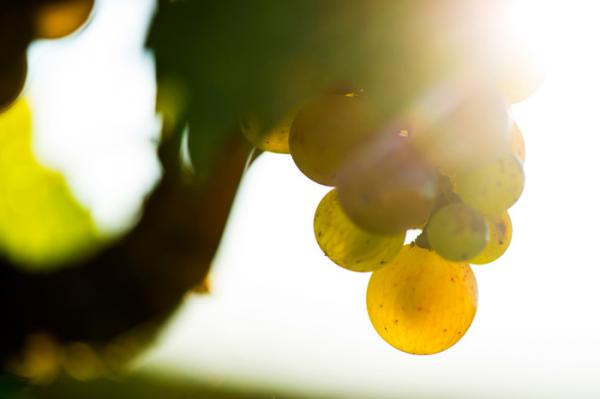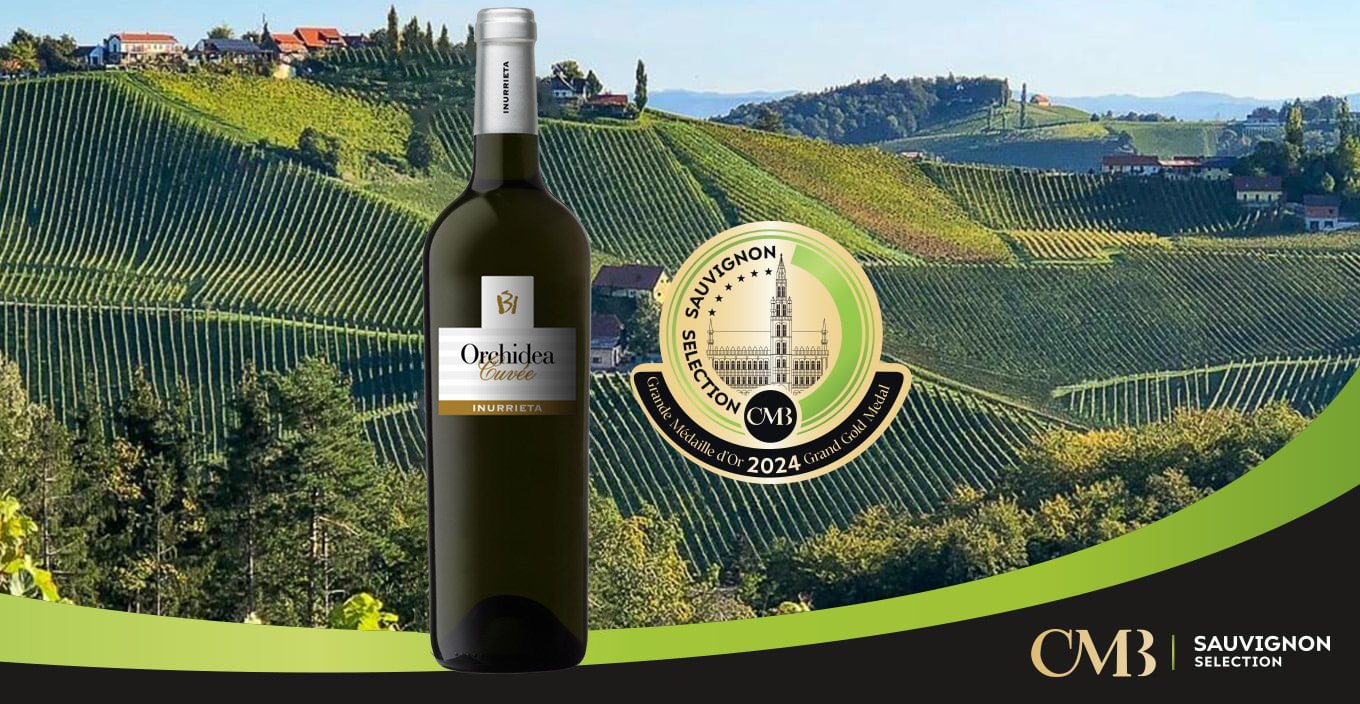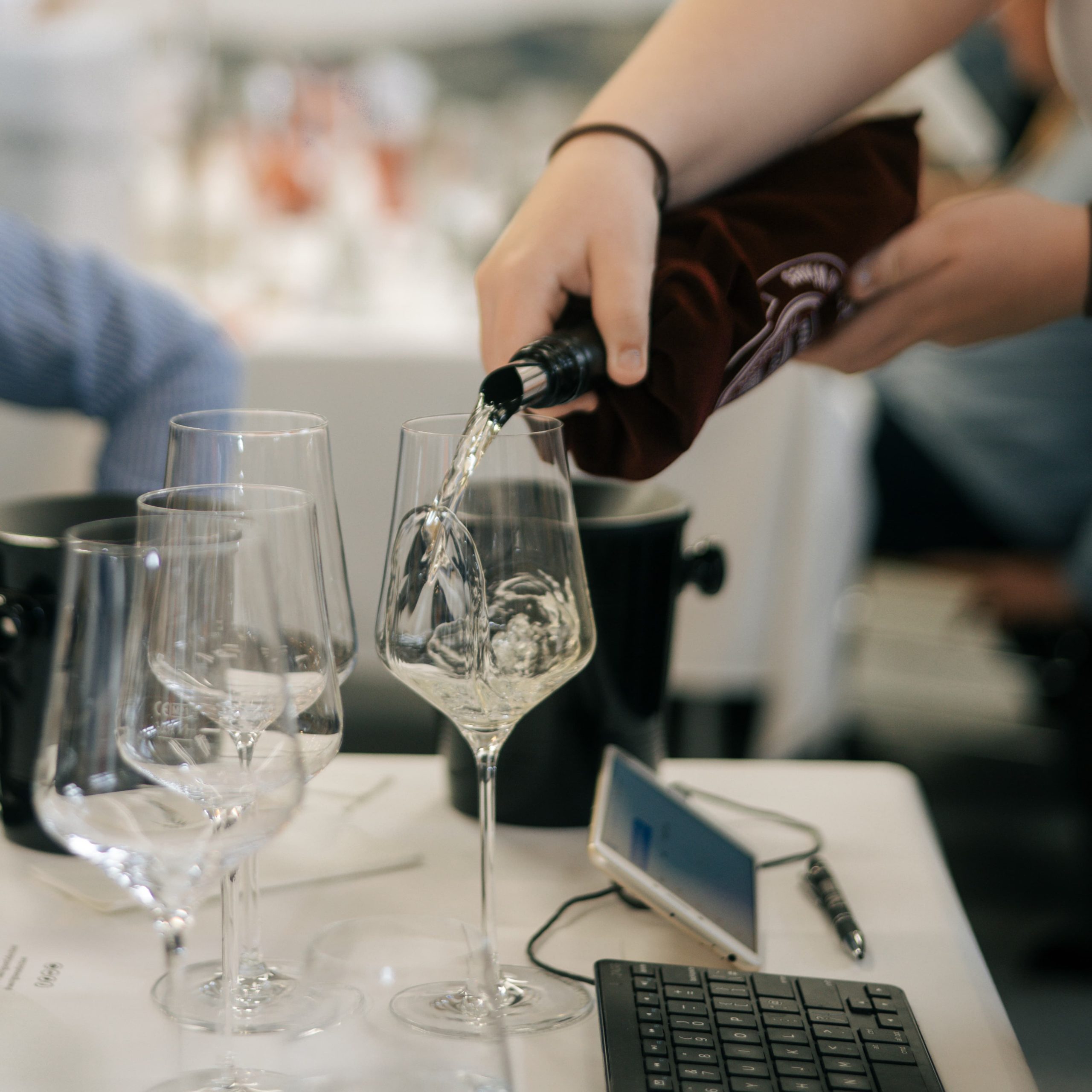Sauvignon blanc: Moving upwards and outwards to appeal to a wider audience

Sauvignon blanc is as elusive as it is ubiquitous when it comes to pinning down the reasons for its indisputable commercial success and popularity with consumers. Marketing experts and industry commentators the world over are at a loss to explain how the French-born varietal soared to international stardom. What they do agree on, however, is that evolving flavour profiles emerging from the leading producer countries are maintaining interest in the grape and helping to broaden the consumer base.
Larry Lockshin, professor of wine marketing and head of the School of Marketing at the University of South Australia, is the first to admit that the global infatuation with Sauvignon blanc is baffling: “No one seems to be able to explain the success of Sauvignon blanc. I think Sauvignon blanc has been a fad that developed further into a fashion (more stable) because of its fruitiness. No one seems to be able to explain why it has taken off and semi-sweet Rieslings have not. The grapes are closely related genetically also to Muscat. If we knew how to measure this and forecast, we would be in high demand… I think the evidence points to New Zealand Sauvignon blanc being the turning point of flavour plus some residual sugar compared to the French versions. And then the style has been copied by many other regions”.
South African Renaissance
One such region that has followed New Zealand’s lead is South Africa. Emerging out of economic sanctions, the birth of the modern wine industry witnessed many misguided viticultural choices that were dictated by issues other than quality focus. According to leading South African wine authority Michael Fridjhon, genetically compromised plant material, unsuitable vineyard locations and over-cropping were among the initial factors that undermined South Africa’s ability to produce quality Sauvignon blanc. However, improvements in all of these areas and input from enthusiastic wine makers has led to what Oz Clarke has called the “renaissance of Sauvignon blanc in South Africa”. The country is now recognised for its broad-ranging array of Sauvignon blanc wines, opening up whole new avenues of market development.
Five different styles
Charles Hopkins, cellar master at De Grendal Wines, near Cape Town, is a strong believer in the cultivar’s potential to appeal to a widening audience. “I’m a huge fan of Sauvignon Blanc. It’s the most progressive and most researched variety. In my 26-year career of wine making in South Africa, plus time spent in Bordeaux and California, I’ve experienced amazing research on the aromatic compounds specifically of Sauvignon Blanc”. Charles believes there are five styles of the varietal coming out of South Africa today, two of which have volatile flavours: “The whole debate about what is the preferred style among consumers involves understanding the volatility of the aromatic components.”
Volume and price drive popularity
South Africa is an essential driver of Sauvignon blanc’s rise to prominence in the UK market, believes Natalia Posadas-Dickson, commercial buyer at Enotria Winecellars. “The popularity of a particular grape variety stems from volume and price. Only South Africa and Chile have the economics to deliver both. They took a leaf out of New Zealand’s book and saw they could offer the same but at better value.” Historically, the Sancerre appellation was significant in the British market and it may still be influencing preferred taste profiles: “Even if British consumers did not know that Sancerre was made from Sauvignon blanc, they still remember and enjoy the taste. Sancerre was considered to be for snobs because of its price tag but once you put a varietal name on it, it becomes successful.” Posadas-Dickson refutes the idea that New Zealand was pivotal to Sauvignon’s commercial success in the UK: “New Zealand cannot deliver varietal character or price and distinctive varietal character on the nose is important for consumers. Acidity and freshness – recalling the flavour of beer – are also key components.”
NZ broadening range of flavours
Sauvignon blanc trailblazer, New Zealand, is evolving its range of wines due to a more mature approach to the variety and of course to pre-empt consumer fatigue. New Zealand’s proposition is in no way one-dimensional and market commentators have picked up on the variety of flavour profiles now available. “There is certainly more than one style of Sauvignon Blanc coming out of New Zealand today. If you think they are all about gooseberry and green pepper think again,” states Will Lyons, wine columnist for The Wall Street Journal. “I have noticed what I would describe as four different flavour profiles: a dry style, those with lots of citrus and tropical notes, some that are more herbaceous in character and lastly the oaked Sauvignon which has a softer, rounder, character.”
Trading up
Extending the range of flavour profiles is one way of ensuring long-lasting popularity of Sauvignon blanc, another is offering consumers the chance to trade up. In the Napa Valley, the cultivar is increasingly being considered as ‘serious’ and less of a cash crop. Journalist Lettie Teague wrote in The Wall Street Journal earlier this year: “More and more top Napa winemakers have been sourcing (or planting) the best vineyard sites for Sauvignon Blanc, experimenting with fermentation techniques and sampling clone types. The result is a group of much more ambitious—and ambitiously priced—wines, with some bottles fetching well over $100… [fusion_builder_container hundred_percent=»yes» overflow=»visible»][fusion_builder_row][fusion_builder_column type=»1_1″ background_position=»left top» background_color=»» border_size=»» border_color=»» border_style=»solid» spacing=»yes» background_image=»» background_repeat=»no-repeat» padding=»» margin_top=»0px» margin_bottom=»0px» class=»» id=»» animation_type=»» animation_speed=»0.3″ animation_direction=»left» hide_on_mobile=»no» center_content=»no» min_height=»none»][this] wave of ambitious Napa Sauvignons is garnering praise in high places.”
France is also a purveyor of top-end bottlings. However, these tend to be labelled as appellation wines and it is difficult to measure how much the varietal or the appellation are acting as buying cues. In the global range of Sauvignon wines available, France also provides dry alternatives to many New World offerings and their residual sweetness, allowing the category to appeal to different consumer profiles.
Often in the top three
All of these factors will help sustain the momentum for Sauvignon blanc sales and allow it to continue to gain traction. In key export markets around the world, the varietal is often cited as one of consumers’ favourite wines. In the UK, figures released in September this year by the Wine & Spirit Trade Association (WSTA) show that Sauvignon blanc was one of the top three grapes chosen by consumers, alongside Pinot grigio and Merlot. In the US, market research also shows that Sauvignon blanc is one of the varieties most enjoyed by consumers whilst in China, the world’s fifth-largest market for wine, it ranks third amongst the top five grapes for varietal awareness according to data published by Wine Intelligence. The UK analysts also noted this year that Sauvignon blanc is becoming increasingly popular with consumers in the three Scandinavian markets that are Norway, Sweden and Denmark, and is closing the gap on Chardonnay.
Versatility
In many of these countries, wines are drunk on their own. One of Sauvignon blanc’s great assets is that it has the ability to show well on its own or with food, as an appetiser or with an entire meal. This versatility should ensure its continued success, but there are other factors: “There are big brands behind the varietal and they will continue to spend money because Sauvignon blanc is a variety that is easy to identify,” stresses Natalia Posadas-Dickson. Referring specifically to New Zealand Sauvignon blanc, Will Lyons waxes lyrical: “At their best these are enormously consistent, easy to understand, crowd-pleasing wines at a decent price. What I love about them, and I think others do, is their marriage between intense aromatics and bright, zippy acidity.”[/fusion_builder_column][/fusion_builder_row][/fusion_builder_container]


